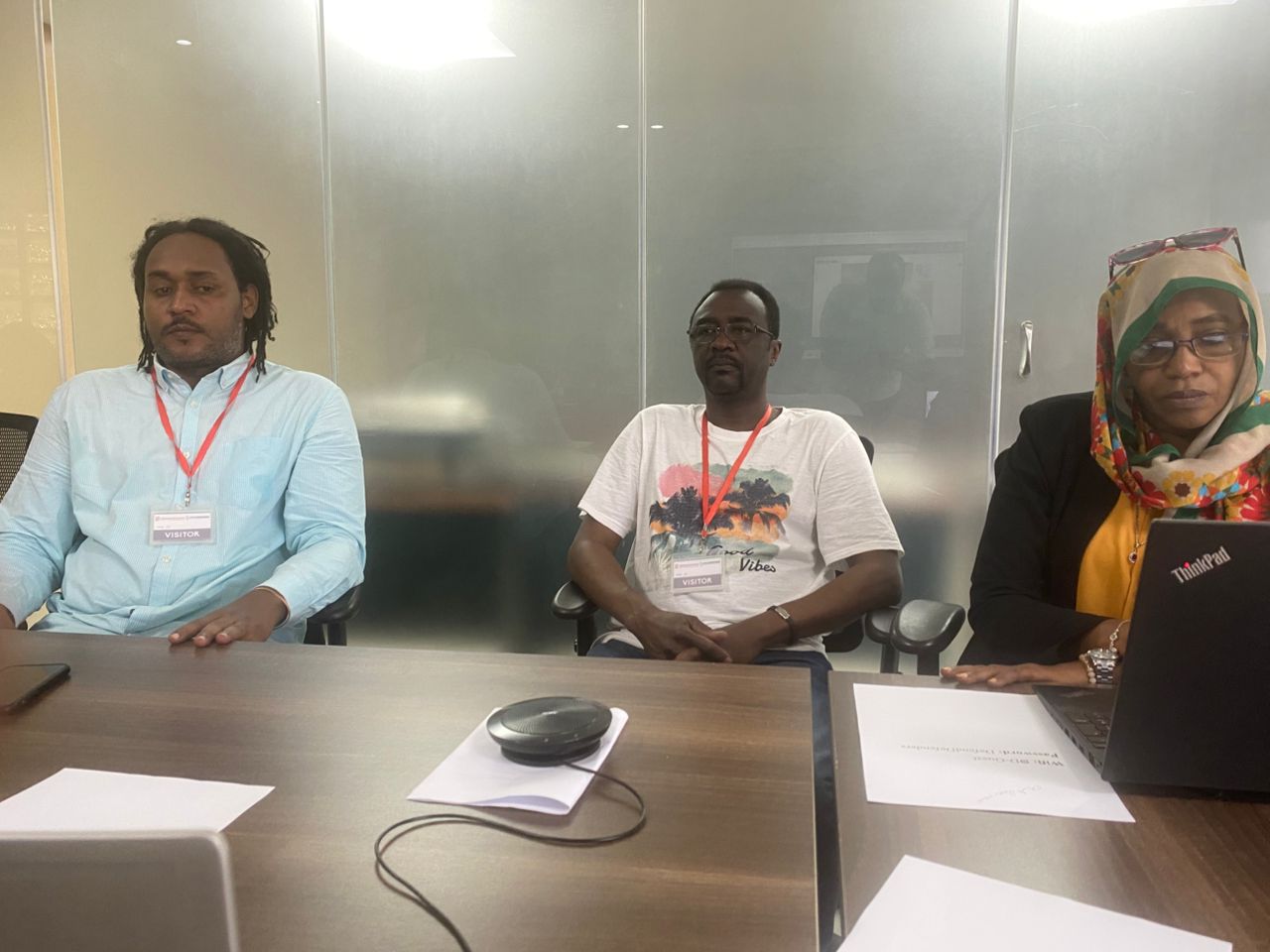
Voices for Peace: Sudanese Youth Working for Peace and Confronting War Violence
Sudan Media Forum
Kampala - June 16, 2025 (Sudanile)
“Ending the war is now a national demand. Through this campaign, we aim to build a comprehensive peace process with youth at its core, leveraging the power of social media to shape public opinion.”
With these words, Saad Mohamed, Executive Director of the African Center for Justice and Peace Studies, launched the “Voices for Peace” campaign on Saturday, June 14, from Uganda’s capital, Kampala. The campaign seeks to engage Sudanese youth in efforts to end the war and build sustainable peace through community awareness and the rejection of violence and incitement.
The Voices for Peace campaign aims to initiate a broad community dialogue using digital media and traditional cultural arts - including the influential role of hakamat (traditional women praise singers) - to spread messages of peace and coexistence. It will also document and monitor human rights violations across Sudan.
Digital Media: Revolution Tools and Reimagining Public Consciousness
Sudan’s civil and political forces have a rich legacy in using digital media and social platforms, which played a central role in organizing and sustaining the Sudanese revolution (2018–2019). In the face of media censorship and state propaganda, platforms like Facebook, Twitter, and WhatsApp became vital tools for mobilizing marches, unifying slogans, and broadcasting the truth to the world.
The revolution, born under similar conditions to today’s crisis, broke the media blockade and turned social media into a unifying and organizing tool. Hashtags on Twitter went global, garnering international solidarity and attention. Social media enabled youth to engage with complex topics like civil governance, transitional justice, and human rights, embedding a digital resistance culture that remains central to Sudan’s political struggle.
Youth as the Hope for Peace - and Reimagining the Role of Hakamat
Saad Mohamed emphasized during the launch press conference that previous peace efforts failed due to the exclusion of key societal groups. He stated:
“We want this campaign to build a comprehensive peace process with youth at the center, utilizing social media to shape opinion and mobilize change.”
Asjad Baha, a co-founder of the campaign, explained that “Voices for Peace” represents the second phase of an ongoing project that began in April, focusing initially on documenting cases of forced disappearance. The campaign now targets youth training, enabling them to act as monitors and documenters of human rights violations — especially important as many activists have been forced into exile by security threats.
The campaign will focus on eastern states like Gedarif, Kassala, Red Sea, and central states including River Nile, White Nile, and Al-Jazira, while also covering Kordofan and Darfur through local monitoring teams. Monthly reports will be issued, aiming to ensure meaningful youth participation in future peace negotiations.
Activist Hanadi Al-Mak added that youth are both the “fuel of war and peace,” noting their vulnerability to recruitment by armed groups:
“We are working to flip the narrative — to train youth to become peace ambassadors. We’re also reshaping the role of hakamat to be messengers of peace instead of incitement.”
The campaign comes as Sudan’s armed conflict between the army and RSF enters its third year, amid escalating violence, the absence of any real political settlement, and worsening humanitarian conditions.
Peacebuilding Through Arts and Media: International Examples
Rwanda: After the 1994 genocide, Musekeweya (“New Dawn”) used community theater, traveling plays, and weekly radio programs in local languages - focusing on themes of love, forgiveness, and reconciliation. Women played a major role in storytelling, helping communities heal through cultural expression.
Sierra Leone: After the 2002 civil war, youth music groups traveled between communities using local music to promote peace and reintegrate child soldiers. Music and dance workshops helped trauma-affected children reconnect with society and encouraged tolerance.
Colombia: Artistic campaigns were used to support the peace process with the FARC. Popular songs carried messages of reconciliation that were broadcast by radio and even dropped into forests by drones to reach rebel fighters. Social media also played a key role in persuading combatants to lay down arms.
Niger: Hakamat (traditional women singers) were trained in peace education and deployed in pastoralist communities to spread messages of coexistence and nonviolence through song. They sang in markets, weddings, and other gatherings - playing a key role in reducing community tensions and reshaping attitudes, especially among men and youth.
--
This report is published by the Sudan Media Forum and its partner institutions, prepared by Sudanile, to warn of the deepening crisis caused by a war that has raged for over two years - and to highlight the urgent need to stop the violence through awareness, cultural mobilization, and peaceful solutions.

